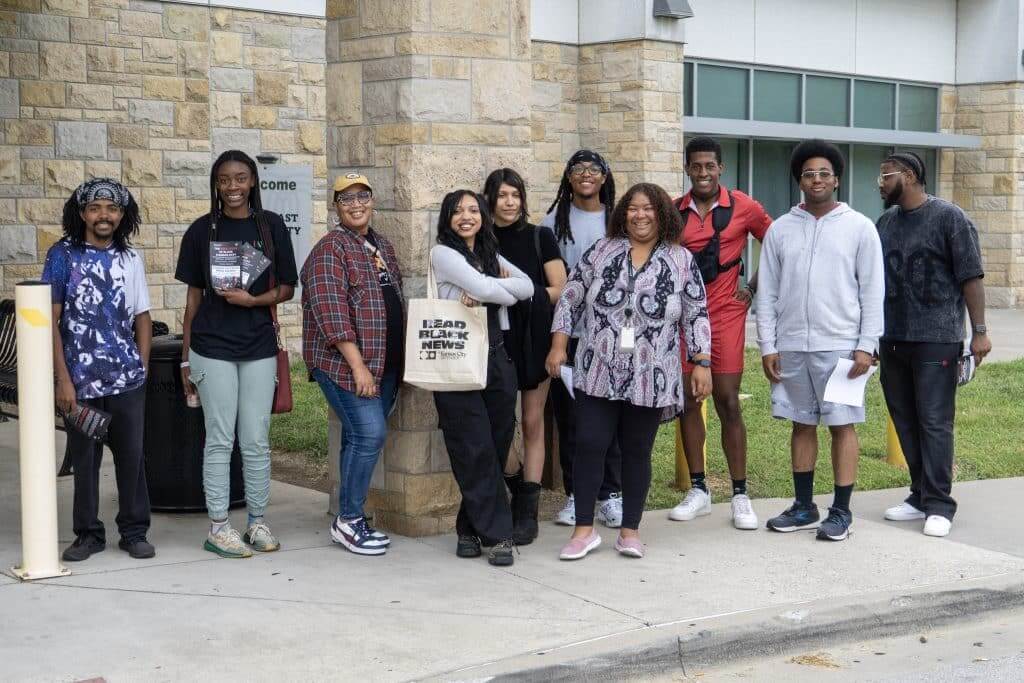Attention parents of America’s teens: As election misinformation continues to run wild on social media, you might be worried about what your kids come in contact with online. That’s fair. You should be. But you know what’s scarier? Having your teens spend time online without arming them with the tools to be able to discern what’s true and false on their timelines.
Here are some tips for parents to share with their teens today as we await election results. These tips are based on the work of the MediaWise Teen Fact-Checking Network, which produces daily fact checks to debunk viral claims across platforms.
First, what are teens seeing? For one, a lot of out-of-context photos and memes. Teens who work for the MediaWise Teen Fact-Checking Network are also flagging manipulated videos as well as screenshots that lack context taken from one platform and posted to another.
Ask how the post makes them feel
Have your teen question how the post makes them feel. Outraged? Shocked? Disgusted? Posts that are designed to spark an intense emotional reaction could be misinformation.
The big takeaway here is that misinformation isn’t always so blatantly obvious. So don’t reshare on gut reaction alone.
Perform a reverse image search
For photos, have your teen do a reverse image search. If they’ve seen MTV’s “Catfish,” they’ll know how to do this. The MediaWise team has seen a ton of outdated photos being resurfaced, and a quick image search is the easiest way to see if a photo is old or used in the wrong context.
And parents, if you don’t know how to do a reverse image search yourself, have your teen teach you.
Ask these simple questions
Next, have your teen ask themselves these three questions, developed by the Stanford History Education Group, whenever they see something online they aren’t sure about:
- Who is behind the information?
- What is the evidence?
- What are other sources saying?
Use “lateral reading”
Next, have them practice a skill called “Lateral Reading,” another term from the Stanford History Education Group. Teens tend to read one article vertically and move on — instead, have them open up multiple computer tabs and read across all of them for full context. When it comes to a major developing story, like election results, reading three to four sources from credible outlets is necessary before hitting reshare.
Now, for some basics
There are plenty of super well-designed and completely bogus news sites out there. To determine if a website is a good source, have your teen check out the “About” page — does the site clearly list editorial standards? Do they have bylines? List corrections? Include labels? If missing, these should be obvious red flags.
Yes, teenagers are digital natives. But media literacy skills aren’t something that just comes naturally — they’re crucial skills that need to be taught.
Follow @MediaWise across platforms for more media literacy tips.
Want more media coverage of Election Day? Follow our all-day live blog.







